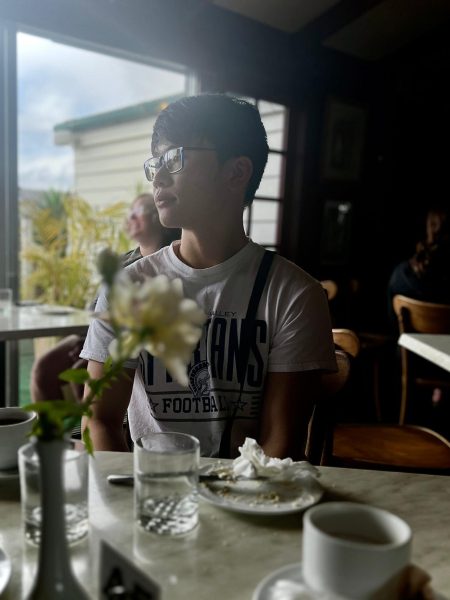Lampshading’s effect on storytelling authenticity
Marvel is a mainstream movie franchise that has captivated and entertained countless people, leaving a mark on pop culture. Part of Marvel movies’ allure is their ability to break tension and suspense in their stories with comedic lampshading.
Lampshading is a writing technique where writers’ attention is drawn to ironic or cliche elements of the story.
One type of lampshading, known as “Signal from Freud Lampshading, in which writers include self-criticism of certain elements of plot through character dialogue, and is commonly used by writers to deflect audience criticism. It is commonly found in the TV series “Rick and Morty,” where characters often break the fourth wall to comment on the flaws found in the story.
“Ratatouille” starts with a scene far too repeated in the industry: the main character is showcased in a fast-paced moment of distress before the motion stops and a voiceover narrative explains the incredible situation.
However, “Ratatouille” uses the trope in a way that actually acknowledges the story’s plot by starting their movie at a slower pace. The movie can visually show the thematic aspects shown later on and uses the trope to catch the attention of the audience. It helps a story like “Ratatouille” with its ridiculous concept of a rat cooking and shows excellent understanding of writing.
Where “signal from freud” critiques elements of plot, “medium awareness lampshading”, specifically critiques cliches in the story. Writers make it clear to the audience that they are aware of the story’s stereotypical trope and are using it ironically.
“Hand wave lampshading” is the third variation–a way to avoid plot holes in a story by deliberately addressing plot inconsistencies. Characters address this by breaking the 4th wall This can be seen in Marvel’s “What if…?” series, where the writers present plot holes and story beats from the main franchise.
Usage of lampshading can have a variety of different effects due to the types presented and senior Kai Hartley presents strong feelings towards them. “Shakespeare used lampshading well; he used lampshading as a way to apply the story to both noblemen but the common folk too,” he said.
However, Hartley will occasionally disapprove of lampshading. “Using lampshading as a way to divert the story feels cheap to me I think it is valuable for character dynamics to have a light-worked character contrasted with a serious plot occurring, but these Marvel movies, they use lampshading in a way where the humor is not beneficial for the story and it would have been better if taken out,” he said.
Lynne Lundberg presents a professional stance on lampshading as a PV English and Humanities professor and writer. “Start with the assumption that the author has made a choice to do this; they are calling attention to the book as a book. We tend to think it is really great to be immersed in a book, but it’s also really nice intellectually to get outside of it and think of it even in the middle of reading,” she said.










